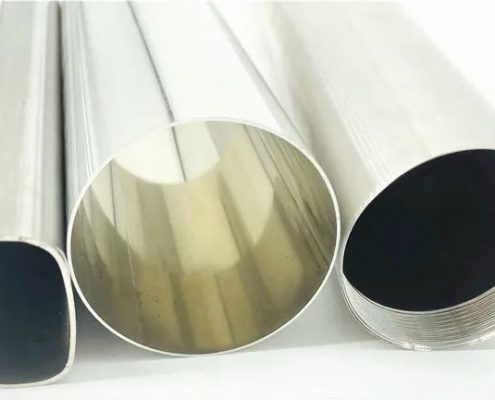Why is the thinner the wall thickness of the stainless steel pipe, the more expensive it is?
When we purchase stainless steel pipes, we will find out why the price difference between thin and thick stainless steel pipes of the same material can be one or two thousand? What is the reason?
This is because, in addition to material, precision, surface, and wall thickness is also a factor that affects the price. Under the same conditions, the price of thin walls is generally higher than that of thick walls. In the final analysis, it is because of cost. So, let’s take a closer look at why the thinner the wall thickness of the stainless steel pipe, the more expensive it is?
1. Calendering problem
The process level of the product also has a great influence on the price of the product, and the stainless steel tube rolling process is one of the more important processes.
The exact thickness of the pipe is inseparable from the rolling quality of its steel strip, but the cost of rolling is divided according to the thickness. The rolling thickness of the steel strip is different, and the rolling cost is also different. The thinner the thickness, the required the rolling processing fee will be more expensive.
In addition, the thickness or thicker that is not often made will also increase the cost of rolling, which will directly lead to an increase in the price of stainless steel pipes.

thick stainless steel pipes
2. Yield problem
Each thickness of pipe has its own thickness range. Generally, the thickness that is more popular in precision stainless steel pipes is the thickness of 0.40mm and above, and the yield of such thick pipes is relatively high during pipe making and polishing.
However, the actual situation is that the needs of customers are constantly changing, and some of them will have thin-walled tubes. Like stainless steel precision tubes with a solid thickness of 0.25mm to 0.31mm, the thickness of the steel strip is relatively thin, the requirements for tube making or polishing are relatively high, and the yield is relatively low, so the higher the scrap rate.
Therefore, the cost of the finished product will go up accordingly, and the price will naturally be expensive.
3. Damage rate problem
For some thin pipes, not only the yield is low when making pipes, but also part of the damage during storage and transportation.
Because the inner wall of the pipe is relatively thin, the damage rate is higher than that of the thicker pipe, whether it is the manufacturer’s storage or logistics transportation, which also involves the problem of damage compensation, so the price of the thinner pipe will be relatively higher.
Finally, thick stainless steel pipe manufacturers are going to say goodbye to everyone here. If you want to know more relevant knowledge, follow us!
